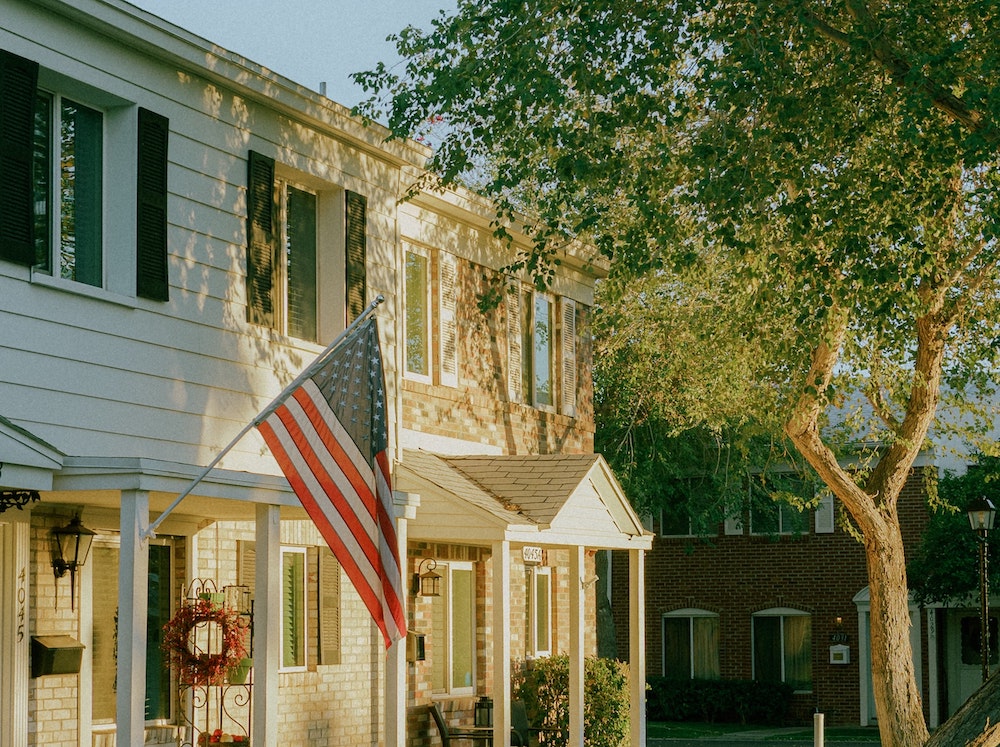As a homeowner’s association board member, it’s important to know where your association stands when it comes to tree disputes. Some common questions are on rights of trimming trees between neighbors property lines, as well as communication between neighbors on how to remove overgrown landscaping and trees. Here’s one question we’ve received in the past that covers so many of these concerns:
Question:
When our homeowners moved into our cluster home community over five years ago, the landscaping and trees were all newly planted and really looked great. Unfortunately, many of the homeowners have not kept their trees and bushes properly maintained and now the plantings and trees are out of control. While our HOA can mandate that homeowners trim their trees and bushes, can we also leave this to the homeowners to resolve with their neighbors? For example, one homeowner’s tree is growing over their neighbor’s fence and onto the adjacent property. What rights does one neighbor have to trim their neighbor’s trees that are growing over their fence? What about roots from the neighbor’s trees that are coming up onto the other neighbor’s patio?
Answer:
The problem your community is unfortunately experiencing is one that will become more common as communities mature. Cluster homes, townhomes, and zero lot line homes are the most popular form of dense development.
An important component of this type of development is the use of landscaping to achieve a sense of privacy, despite the close proximity of neighbors. That is achieved by over planting trees and bushes which leave little room for plant growth. An unintended consequence of this type of landscaping is the problem that limbs, trunks, and roots will cause to adjoining lots over time.
Tree Limbs & Roots Disputes
Tree limbs and roots cause problems both above and below the grounds’ surface. Limbs that hang over fences and homes create additional maintenance issues for neighbors, especially when limbs fall and leaves clog gutters. Further, roots can kill other plantings and clog underground pipes. These maintenance issues inevitably lead to disputes between neighbors and raise the question of the legal rights of the property owners.
Unlike most other states that hold a boundary tree is owned as tenants-in-common, Georgia law holds that each adjoining landowner upon whose land any part of the trunk stands has an interest in the tree. It is a property interest, like a party wall, in which a landowner owns the part of the tree located on their property and has an easement of support from the other property owner. Each landowner has the right to demand the other landowner use his part as not to unreasonably injure or destroy the whole.
A landowner is liable for injuries or damage caused by a falling tree or limb ONLY if he/she knew or reasonably should have known the tree was diseased, decayed, or otherwise constituted a dangerous condition. Generally, there is no duty to consistently check all trees for non-visible rot. Liability ensues only when the decay or other problem is visible, apparent, and patent.
Where do the Georgia courts stand on overgrown trees?
Courts have been reluctant to get involved in disputes between neighbors over landscaping. As a result, it is a general rule that a property owner has the right to invoke self-help remedies of cutting off the intruding limbs and roots up to the property line. The remedy must be exercised in a reasonable manner to minimize damage to the tree or bush. If the action is reasonable, a landowner will usually not be held liable if the tree then dies.
Tree roots can clog water and sewer lines and damage foundations. Self-help terminates the cause of the damage. However, if the roots have already caused damage to a neighbor, that neighbor will likely want compensation for the damages. Again, Courts are reluctant to award such damages and will only do so when the owner has failed to reasonably maintain the tree or bush. Damages have been awarded when one landowner totally ignored a neighbor’s complaints about tree roots; other cases have awarded damages where a tree owner only minimally maintained the roots.
A new problem caused by over landscaping that will affect landowners is the shade created as trees and bushes grow. The law is clear a landowner has no claim to benefit from shade cast by a neighbor’s tree, and likewise has no claim for damages the shade causes by killing grass or preventing other growth.
Landowners, generally, have the right to enjoy their property according to their tastes and wishes including the planting of landscaping, subject to any restrictions and guidelines of their HOA. Adjacent landowners have the same rights and can contain landscaping encroachments by trimming bushes, trees, and roots along the property line. Unless a landowner acts negligently by failing to inspect or intentionally damages property, a landowner has no liability for damages caused to an adjoining owner or an adjoining owner’s property.
Have more questions on specific tree disputes your HOA is facing?
NowackHoward represents HOAs and condominium associations through their Board of Directors. Tree disputes are common in community associations and it’s important for Boards and their association members to understand their rights and obligations for maintenance of their property, including trees.


